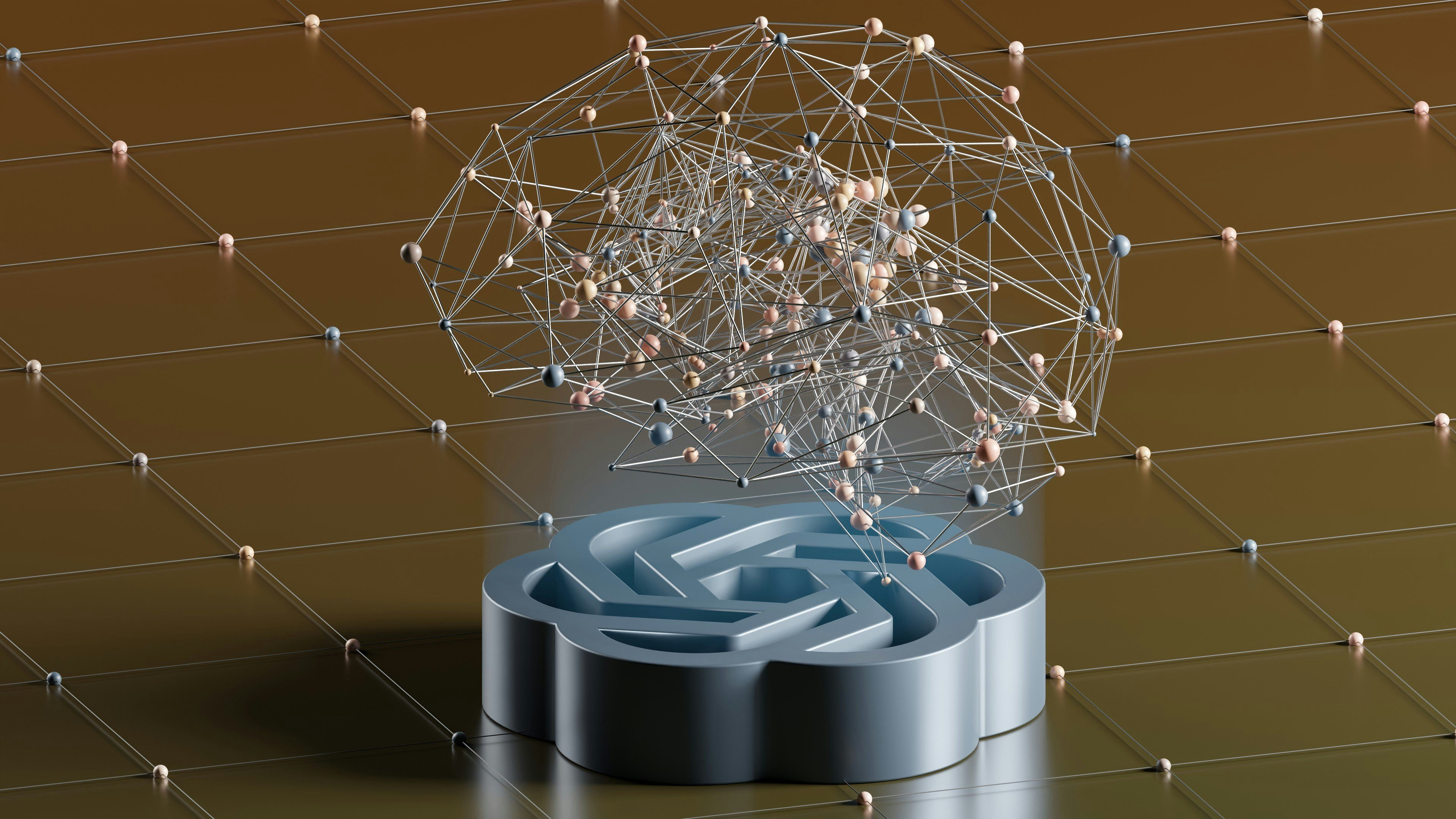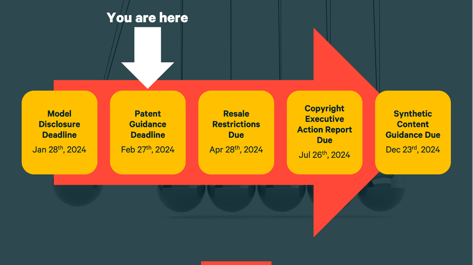
A Seismic Shift: How the U.S. Patent and Trademark Office’s Guidance Could Impact Your Business
If you rely on AI to create intellectual property, you may be affected.
Disclaimer: I am not a lawyer, and this article is not intended as legal advice. If you have inquiries regarding the status of your generative artificial intelligence (GenAI)-assisted invention, it's recommended to seek counsel from a patent attorney. I am a practitioner and director in the field of artificial intelligence (AI) keeping an eye on industry shifts and sharing those insights.

What is patent guidance?
The Patent and Trademark Office (PTO) will be weighing in on how we assign inventorship credit to a human (machines cannot be inventors). This concept is separate from copyrights, which assign authorship to specific works of art, literature, music, etc., and are regulated by separate laws, a topic we’ll explore later this year. The age-old example is “the better mousetrap”; it must be a novel invention.
What is the current state of AI’s role in patents?
The extent to which GenAI can assist with inventorship before jeopardizing patent eligibility remains ambiguous. There appears to be a spectrum of acceptable contribution of Generative AI, but drawing an exact line is challenging. While it’s established that AI cannot be considered an inventor, it remains unclear if, or to what degree, a human heavily reliant on AI can be the capital-I Inventor of the AI’s output when it comes to patents.
An Executive Order issued in November 2023 extended the deadline for the U.S. PTO to issue guidance until February 27 of this year. This deadline marks the beginning of a series of intellectual property recommendations for the year, with no formal end to the overall process. It’s worth noting that while the U.S. Copyright Office is involved in this discussion, the treatment of patents and copyrights may differ.
How will this change the role of AI in inventorship?
While it’s impossible to predict every outcome, it’s probable that limitations will be imposed on inventors that use AI in the ideation process, making it harder to sustain a patent claim on something developed with AI. For instance, attempting to patent something that was solely generated by ChatGPT in response to a prompt is unlikely to succeed. Conversely, incorporating AI into the process at all is unlikely outright block a successful application. Right now, the distinction between these scenarios is unclear, and it’s the responsibility of the PTO to establish boundaries.
While there will undoubtedly be mixed reactions to any change, many businesses will appreciate the clear distinction between what is patentable and what is not, even if it disfavors a particular invention or product, as it at least provides some rules for the road. That said, this guidance has the potential to be a seismic shift in the landscape of intellectual property.
Trade Secrets as a substitute?
There is speculation suggesting that Trade Secret Law may assume a greater role in technology and intellectual property-based industries, potentially replacing reliance on patents. The gist of this speculation is as follows: since Trade Secrets only necessitate value through secrecy (think of the "secret formula" of a popular soda) to qualify for legal protection, this approach could greatly reduce the incentives to disclose the development process.
Companies might choose to utilize custom AI implementations to generate trade secrets that they keep confidential, although the presence of publicly accessible Generative AI may somewhat level this playing field. Given the abundance of free or inexpensive interfaces for AI, and because Trade Secrets are not protected from reverse engineering, someone with enough patience or know-how could potentially uncover or replicate the key information, leaving the original owner of the secret with limited recourse.
For example, if you were to create a “better mousetrap” using AI under this framework, the only to safeguard it would be to keep the process entirely confidential, or at the very least, disclose it to as few individuals as possible. However, once the product reaches the shelves, anyone could take it apart, put it back into a GenAI, and develop a competing product that does precisely the same thing. Unless you can prove they stole it, they are at liberty to compete with you freely.
Subscribe to Concord’s blog to stay in the loop on the latest AI regulation news. If you need help deploying your GenAI solution, let's chat!
